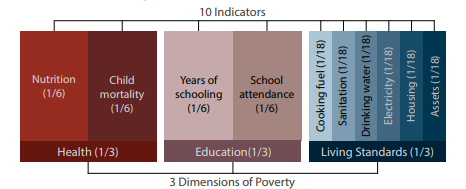7667766266
enquiry@shankarias.in
El Nino
Multidimensional Poverty Index (MPI)

Kartarpur Corridor

Jalyukta Shivar
Source: Indian Express, PIB